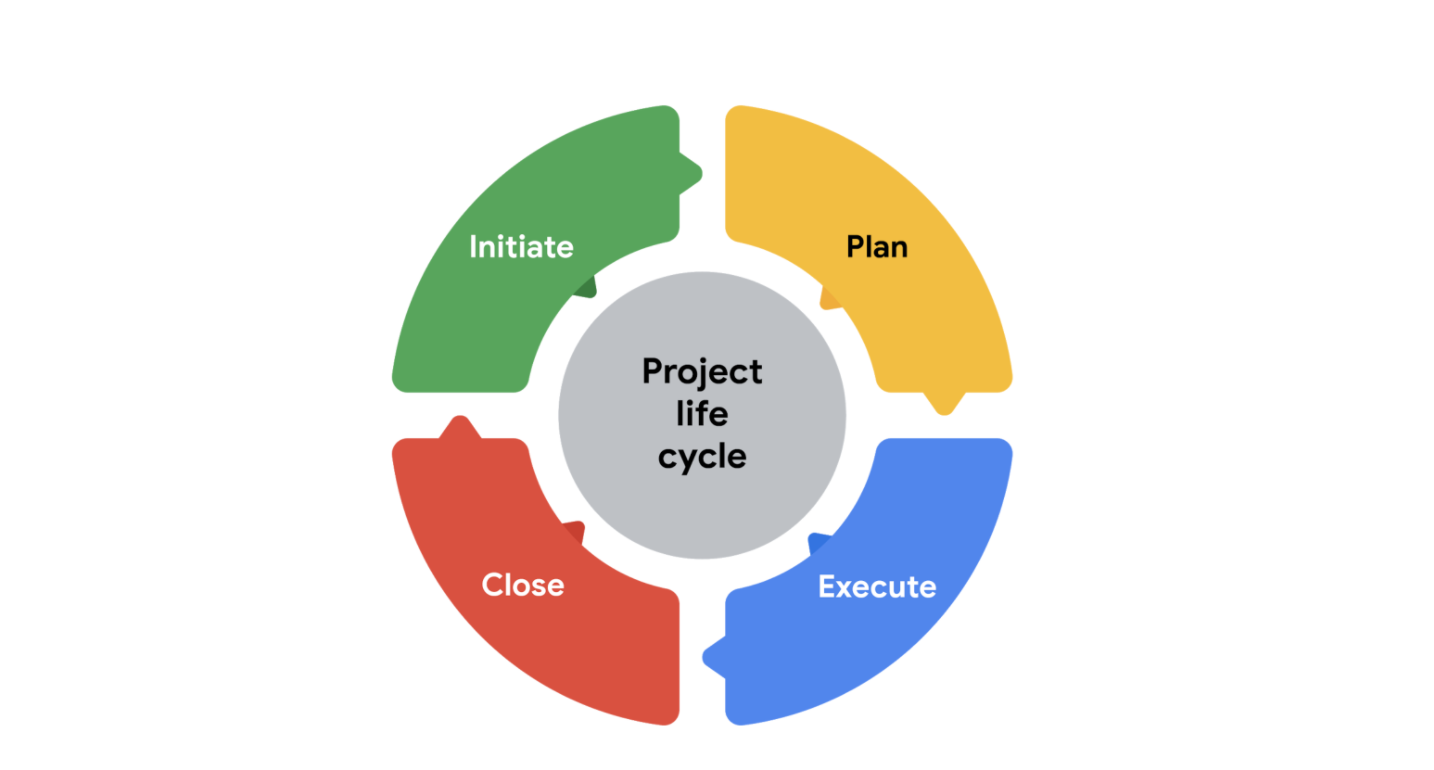Project Lifecycle in Software Development
"Success in software development isn't just about writing code; it's about following a disciplined process." – Unknown
As someone deeply involved in software development and project management, I’ve learned that the difference between a successful project and a failed one often comes down to how well you manage each phase of the project lifecycle. This lesson was driven home during a recent project involving Nikkei One, a software consulting firm that prides itself on merging traditional business wisdom with modern technology.
The Consequences of Rushing Through a Project Phase
It was Friday evening when I received an urgent call from my manager. We had a new client, Nikkei One, who needed a custom cloud-native solution to enhance their DevOps pipeline. The deadline was tight—they wanted a cost estimate and timeline by Monday.
I spent the weekend quickly putting together a proposal, estimating a standard budget of $200,000 and a six-week timeline, based on similar past projects. I sent it off, feeling confident I had met the deadline. However, Monday morning revealed the flaws in this approach. Our engineering team discovered that our solution was incompatible with Nikkei One's infrastructure, leading to a much larger scope than anticipated. The real project would take six months of development and another six months of testing, with a budget exceeding a million dollars. The project was doomed before it even started.
A Better Approach: Ensuring Project Success Through Proper Planning
Reflecting on this experience, I realized I should have taken a different approach. Instead of rushing, I could have requested more time to put together a thorough and accurate proposal. This would have allowed me to involve key stakeholders—engineers, designers, and other experts—in crafting a feasible plan.
With a bit more time, we could have clarified Nikkei One's needs, assessed technical challenges, and aligned our proposal with their platform. This collaborative approach would have ensured a realistic and achievable project plan.

Applying the Project Lifecycle to Software Development
Initiating the Project
The initiation phase is where I should have slowed down and really focused. Instead of rushing through it, I should have sat down with my team to discuss the project goals in detail. For a complex cloud-native solution like this, understanding Nikkei One’s technical environment is crucial.
Planning for Success
With the project properly initiated, the next step would be to craft a detailed plan. This includes mapping out every aspect of the project, from resource allocation to risk management and quality assurance. A solid plan ensures that everyone on the team knows their role and what’s expected of them.
Executing the Plan
During the execution phase, the team would work according to the plan, with my role focused on facilitating communication, removing obstacles, and ensuring tasks are completed on schedule. Regular updates to Nikkei One would allow us to gather feedback and make any necessary adjustments along the way.
Closing the Project
Finally, after successfully delivering the solution, we would enter the closing phase. This is where we gather the team to reflect on what went well and what could be improved. It’s also an opportunity to celebrate our success and recognize the hard work that everyone put in.
Key Takeaways
This experience taught me a crucial lesson about the importance of not rushing through project phases, especially in the fast-paced world of software development and cloud-native solutions. By taking the time to thoroughly plan and involve your team early on, you set the stage for a successful project and build stronger, more trusting relationships with clients like Nikkei One.